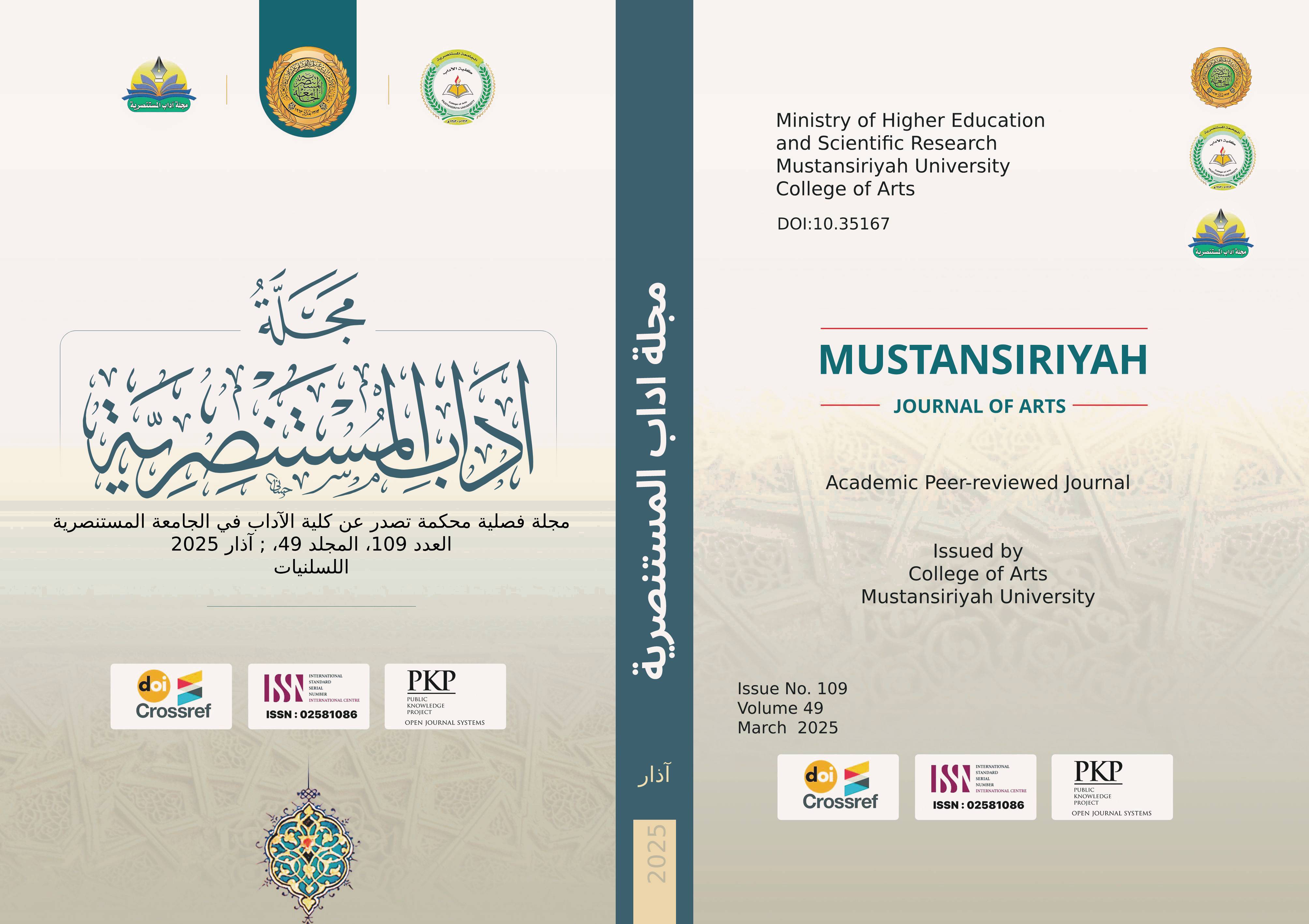The Formulation of Literary Phenomena in Pre-Islamic Arabic Poetry: A Study in Content and Aesthetics
Abstract
This research examines how poets in classical Arabic poetry employed and formulated literary phenomena in their works. The formulation refers to the poet's use of language and their study of literary techniques. Through poetry, a poet conveys emotions, thoughts, sensations, and meanings in an appealing way by utilizing aesthetic phenomena like rhetorical devices, elaborate metaphors, artistic styles, rhythmic formulation, and the structure and essence of meaning. The poet’s task is to inject poetic soul into the artistic structure, elevating a text from ordinary language to a poetic language that touches the soul, addressing the mind and emotions. Furthermore, it addresses the formulation of artistic content within the structure of the Arabic poem, focusing on how the poet manages the general structure, from the introduction, purpose, and conclusion. The pre-Islamic poet's attention to the beauty of rhetorical devices and intricate metaphors, which are unique and irreplaceable, aims not only to enhance beauty but also to show the coherence and strength of the composition, the relationship between words, and their harmony with the meaning, all without pretension or excessive effort. Additionally, this formulation resonates with the audience, who finds it enjoyable. In contrast, Abbasid poets’ use of rhetorical devices, parallelism, and wordplay was often exaggerated and intellectual, which led to diverse critical responses—some admired and praised the poet, while others rejected their style. This variation can be attributed to the artistic formulation by the poets. Our study adopts a descriptive-analytical approach to investigate the formulation of literary phenomena and reveal their aesthetic qualities.
Downloads
Published
Issue
Section
License

This work is licensed under a Creative Commons Attribution-ShareAlike 4.0 International License.


